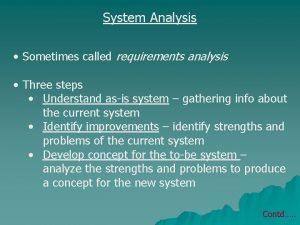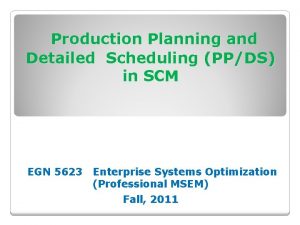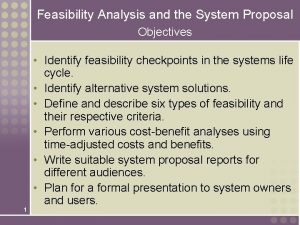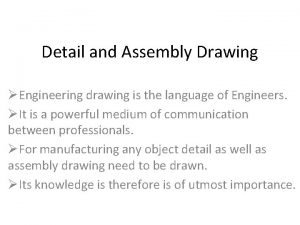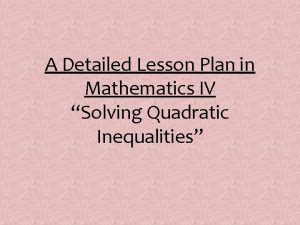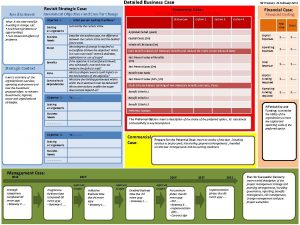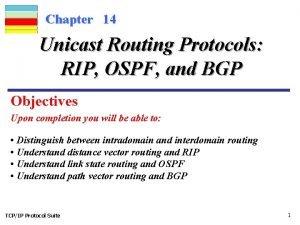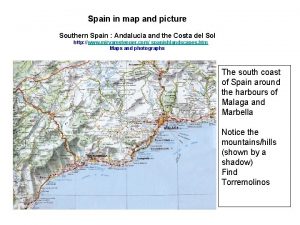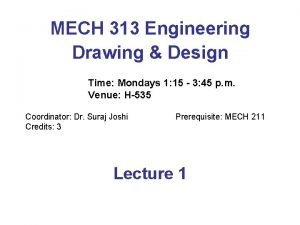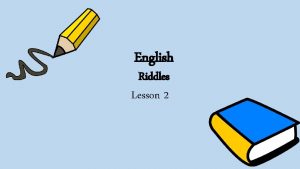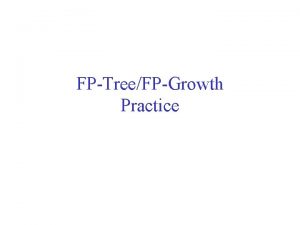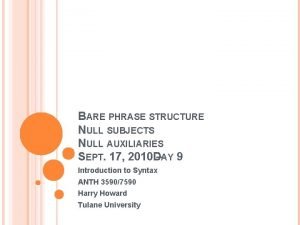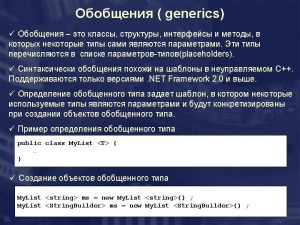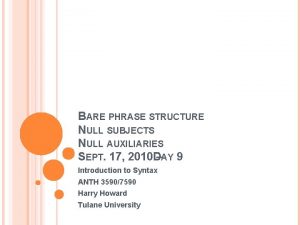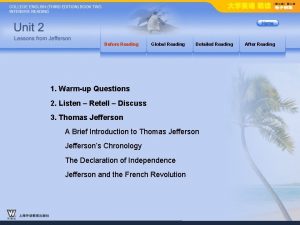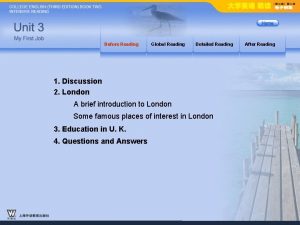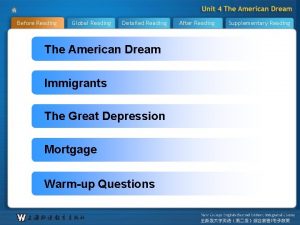FPTreeFPGrowth Detailed Steps FPtree construction null After reading


































- Slides: 34

FP-Tree/FP-Growth Detailed Steps

FP-tree construction null After reading TID=1: B: 1 After reading TID=2: null B: 2 A: 1 C: 1 D: 1

FP-Tree Construction Transaction Database null B: 8 C: 3 Header table Item Freq In Tree B 8 A 7 C 7 D 5 E 3 D: 1 A: 5 C: 3 D: 1 A: 2 E: 1 C: 1 D: 1 E: 1 Chain pointers help in quickly finding all the paths of the tree containing some given item. There is a pointer chain for each item. I have shown pointer chains only for E and D.

Transactions containing E null B: 8 C: 3 D: 1 A: 5 C: 3 D: 1 A: 2 E: 1 C: 1 D: 1 E: 1 null E: 1 B: 1 A: 2 C: 1 E: 1 C: 1 D: 1 E: 1

Suffix E null (New) Header table B: 1 A: 2 C: 1 E: 1 D: 1 E: 1 The set of paths ending in E. Insert each path (after truncating E) into a new tree. Item Freq in the tree A 2 C 2=1+1 D 2=1+1 B doesn’t C: 1 survive because it has support 1, which is lower than min support of 2. Conditional FP -Tree for suffix E null A: 2 C: 1 D: 1 We continue recursively. Base of recursion: When the tree has a single path only. FI: E

Suffix DE (New) Header table null A A: 2 C: 1 2 D: 1 The conditional FP -Tree for suffix DE null D: 1 A: 2 The set of paths, from the Econditional FP-Tree, ending in D. Insert each path (after truncating D) into a new tree. We have reached the base of recursion. FI: DE, ADE

Suffix CE null C: 1 (New) Header table A: 1 C: 1 The conditional FP -Tree for suffix CE null D: 1 The set of paths, from the Econditional FP-Tree, ending in C. Insert each path (after truncating C) into a new tree. We have reached the base of recursion. FI: CE

Suffix AE (New) Header table null The conditional FP -Tree for suffix AE null A: 2 The set of paths, from the Econditional FP-Tree, ending in A. Insert each path (after truncating A) into a new tree. We have reached the base of recursion. FI: AE

Suffix D null B: 3 A: 2 C: 1 (New) Header table A: 2 C: 1 D: 1 A 4 B 3 Conditional FP -Tree for suffix D null C: 1 D: 1 A: 4 B: 1 D: 1 B: 2 The set of paths containing D. Insert each path (after truncating D) into a new tree. C: 1 We continue recursively. Base of recursion: When the tree has a single path only. FI: D

Suffix CD (New) Header table null A: 4 B: 2 B: 1 C: 1 A 2 B 2 Conditional FP -Tree for suffix CD null C: 1 A: 2 B: 1 The set of paths, from the D-conditional FP-Tree, ending in C. Insert each path (after truncating C) into a new tree. We continue recursively. Base of recursion: When the tree has a single path only. FI: CD

Suffix BCD (New) Header table Conditional FP -Tree for suffix CDB null A: 2 B: 1 null B: 1 The set of paths from the CD-conditional FP-Tree, ending in B. Insert each path (after truncating B) into a new tree. We have reached the base of recursion. FI: CDB

Suffix ACD (New) Header table Conditional FP -Tree for suffix CDA null The set of paths from the CD-conditional FP-Tree, ending in A. Insert each path (after truncating B) into a new tree. We have reached the base of recursion. FI: CDA

Suffix C null B: 6 A: 3 C: 3 (New) Header table A: 1 B 6 A 4 Conditional FP -Tree for suffix C C: 1 null C: 3 B: 6 A: 1 A: 3 The set of paths ending in C. Insert each path (after truncating C) into a new tree. We continue recursively. Base of recursion: When the tree has a single path only. FI: C

Suffix AC (New) Header table null B B: 6 Conditional FP -Tree for suffix AC 3 A: 1 null A: 3 B: 3 The set of paths from the C-conditional FP-Tree, ending in A. Insert each path (after truncating A) into a new tree. We have reached the base of recursion. FI: AC, BAC

Suffix BC null (New) Header table B 3 B: 6 Conditional FP -Tree for suffix BC null The set of paths from the C-conditional FP-Tree, ending in B. Insert each path (after truncating B) into a new tree. We have reached the base of recursion. FI: BC

Suffix A null B: 5 (New) Header table A: 2 B Conditional FP -Tree for suffix A 5 A: 5 null B: 5 The set of paths ending in A. Insert each path (after truncating A) into a new tree. We have reached the base of recursion. FI: A, BA

Suffix B (New) Header table Conditional FP -Tree for suffix B null B: 8 The set of paths ending in B. Insert each path (after truncating B) into a new tree. We have reached the base of recursion. FI: B

Array Technique

FP-Tree Construction Transaction Database Header table B 8 A 7 C 7 D 5 E 3 First pass on DB: Determine the header. Then sort it. Second pass on DB: Build the FP-Tree. Also build the array.

FP-Tree Construction – Reading 1 Transaction Database null B: 1 A: 1 Header table B 8 A 7 A C 7 C D 5 E 3 1 D E B A C D

FP-Tree Construction – Reading 2 Transaction Database null B: 2 A: 1 C: 1 D: 1 Header table B 8 A 7 A 1 C 7 C 1 D 5 D 1 E 3 1 E B A C D

FP-Tree Construction – Reading 3 Transaction Database null B: 2 A: 1 C: 1 D: 1 E: 1 Header table B 8 A 7 A 1 C 7 C 1 1 D 5 D 1 1 2 E 3 1 1 1 A C D E B

FP-Tree Construction – Reading 4 Transaction Database null B: 2 A: 1 A: 2 C: 1 D: 1 E: 1 Header table E: 1 B 8 A 7 A 1 C 7 C 1 1 D 5 D 1 2 2 E 3 2 1 2 A C D E B

FP-Tree Construction – Reading 5 Transaction Database null B: 3 A: 2 C: 1 D: 1 E: 1 Header table E: 1 B 8 A 7 A 2 C 7 C 2 2 D 5 D 1 2 2 E 3 2 1 2 A C D E B

FP-Tree Construction – Reading 6 Transaction Database null B: 4 A: 3 C: 2 Header table A: 2 C: 1 D: 1 E: 1 B 8 A 7 A 3 C 7 C 3 3 D 5 D 2 3 3 E 3 2 1 2 A C D E B

FP-Tree Construction – Reading 7 Transaction Database null B: 5 A: 3 C: 2 Header table A: 2 C: 1 D: 1 E: 1 B 8 A 7 A 3 C 7 C 4 3 D 5 D 2 3 3 E 3 2 1 2 A C D E B

FP-Tree Construction – Reading 8 Transaction Database null B: 6 A: 4 C: 3 Header table A: 2 C: 1 D: 1 E: 1 B 8 A 7 A 4 C 7 C 5 4 D 5 D 2 3 3 E 3 2 1 2 A C D E B

FP-Tree Construction – Reading 9 Transaction Database null B: 7 C: 3 Header table A: 2 A: 5 C: 2 C: 1 D: 1 E: 1 D: 1 E: 1 B 8 A 7 A 5 C 7 C 5 4 D 5 D 3 4 3 E 3 2 1 2 A C D E B

FP-Tree Construction – Reading 10 Transaction Database null B: 8 C: 3 Header table A: 5 C: 3 D: 1 A: 2 E: 1 D: 1 C: 1 D: 1 E: 1 B 8 A 7 A 5 C 7 C 6 4 D 5 D 3 4 3 E 1 2 2 2 B A C D

Why have the array? Constructing conditional FP-Trees. Without array • Traverse the base FP-Tree to determine the new item counts. • Construct a new header. • Traverse again the base FP-Tree and construct the conditional FP-Tree. With array • Construct a new header helped by the array. • Traverse the base FP-Tree and construct the conditional FP-Tree. Saving • One tree traversal. • Important because experimentally it’s shown that 80% of time is spent on tree traversals.

Suffix E null (New) Header table B: 8 A: 2 C: 3 E: 1 C: 1 D: 1 E: 1 A 2 C 2 D 2 Insert each path (after truncating E) into a new tree. C D A 5 C 6 4 D 3 4 3 E 1 2 2 2 B A C D Conditional FP -Tree for suffix E E: 1 The set of paths ending in E. A C

Suffix E (inserting BCE) null (New) Header table B: 8 A: 2 C: 3 C: 1 D: 1 A 2 C 2 D 2 Conditional FP -Tree for suffix E null E: 1 D: 1 E: 1 C: 1 E: 1 The set of paths ending in E. Insert each path (after truncating E) into a new tree. C D A C

Suffix E (inserting ACDE) null (New) Header table B: 8 A: 2 C: 3 C: 1 D: 1 A 2 C 2 D 2 Conditional FP -Tree for suffix E null E: 1 D: 1 E: 1 C: 1 E: 1 The set of paths ending in E. Insert each path (after truncating E) into a new tree. A: 1 C 1 D 1 1 A C D: 1

Suffix E (inserting ADE) null (New) Header table B: 8 A: 2 C: 3 C: 1 D: 1 A 2 C 2 D 2 Conditional FP -Tree for suffix E null E: 1 D: 1 E: 1 C: 1 E: 1 The set of paths ending in E. Insert each path (after truncating E) into a new tree. A: 2 C: 1 C 1 D 2 1 A C D: 1
 After me after me after me
After me after me after me If any man wants to come after me
If any man wants to come after me Skimming and scanning images
Skimming and scanning images While reading activities
While reading activities Fare construction form
Fare construction form Construction steps of wbm road
Construction steps of wbm road Reading construction plans
Reading construction plans Use case descriptions
Use case descriptions Detailed analysis sometimes is called
Detailed analysis sometimes is called Production planning and detailed scheduling
Production planning and detailed scheduling Hairdressing lesson plans
Hairdressing lesson plans The main objectives of a detailed system proposal are to
The main objectives of a detailed system proposal are to Elizabeth bishop poses interesting questions
Elizabeth bishop poses interesting questions Detailed routing
Detailed routing Four phases used in detail cocomo model are
Four phases used in detail cocomo model are Assembly drawing engineering
Assembly drawing engineering Detailed lesson plan about problem solving
Detailed lesson plan about problem solving Detailed design in software engineering
Detailed design in software engineering Detail assembly drawing
Detail assembly drawing Whited sepulchre heart of darkness
Whited sepulchre heart of darkness Detailed design software
Detailed design software Detailed business case
Detailed business case Suppose a project was estimated to be 400 kloc
Suppose a project was estimated to be 400 kloc Write a detailed note on unicast routing protocols
Write a detailed note on unicast routing protocols Definition of detail drawing
Definition of detail drawing Engineering drawing format
Engineering drawing format Map southern spain
Map southern spain Symbolic thread drawings include detailed schematic and
Symbolic thread drawings include detailed schematic and Riddle
Riddle First cut design class diagram
First cut design class diagram Skim listening
Skim listening Need of energy audit ppt
Need of energy audit ppt Provide increasingly detailed data about a situation
Provide increasingly detailed data about a situation Cima work experience
Cima work experience Uml book
Uml book








